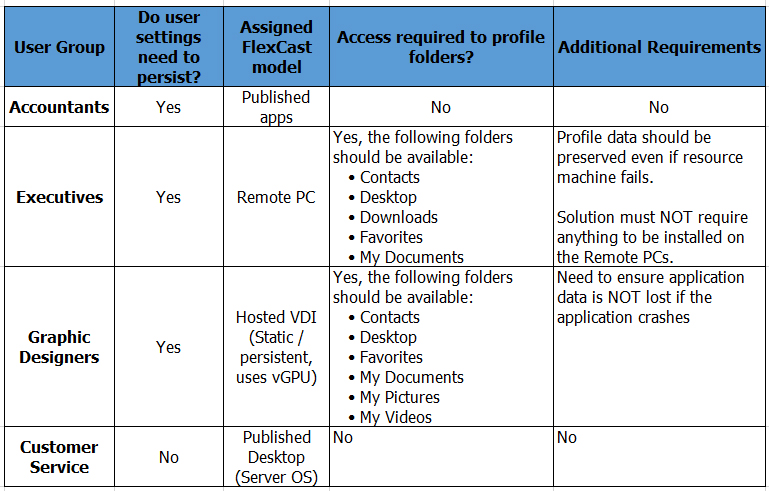Citrix Graphic
Updated – dec 2017




Citrix’s HDX protocol has made many enhancements in this area using such technologies as advanced compression methods and features such as Progressive Display and Adaptive Display. With NVIDIA virtual GPU supporting Citrix Virtual Apps and Desktops, formerly XenApp and XenDesktop; environments, business can finally transform workflows and liberate users from the confines of PC’s and offices. IT can virtualize 100% its users with a native PC-equivalent experience, achieving dramatically lower cost per desktop.
With NVIDIA GRID supporting Citrix Virtual Apps and Desktops, formerly XenApp and XenDesktop environments, business can finally transform workflow and liberate users from the confines of PC’s and offices, collaborating in real-time, from anywhere, using any device.
On Windows 10 your Citrix Receiver may show blurry text. This problem occurs due dynamic display scaling on non DPI aware (older) programs (more about that here). In Windows 10, the DPI scaling is turned on default. So to fix the problem, we need to turn it off for Citrix Receiver.
The affected files for Citrix Receiver are the CDviewer.exe and wfica32.exe.
Fixing Citrix Receiver blurry text on Windows 10
To change this behavior for Citrix Receiver we need to open the properties of the executables, the CDviewer.exe (found in C:Program Files (x86)CitrixICA Client)
Citrix Graphics High Cpu
- Open the Explorer and navigate to C:Program Files (x86)CitrixICA Client
- Right click the CDViewer.exe and choose Properties
- Goto the Compatibility tab and disable or override (depending on your Windows 10 build) the DPI scaling
- Perform the same steps for the wfica32.exe in the same folder
Citrix Graphics Policies Best Practices
Update: In the recent Win 10 build the Compatibility tab is changed a little. Under settings check “Override high DPI scaling behavior” and select Scaling performed by: System.
Thanks to Mike de Pouw
